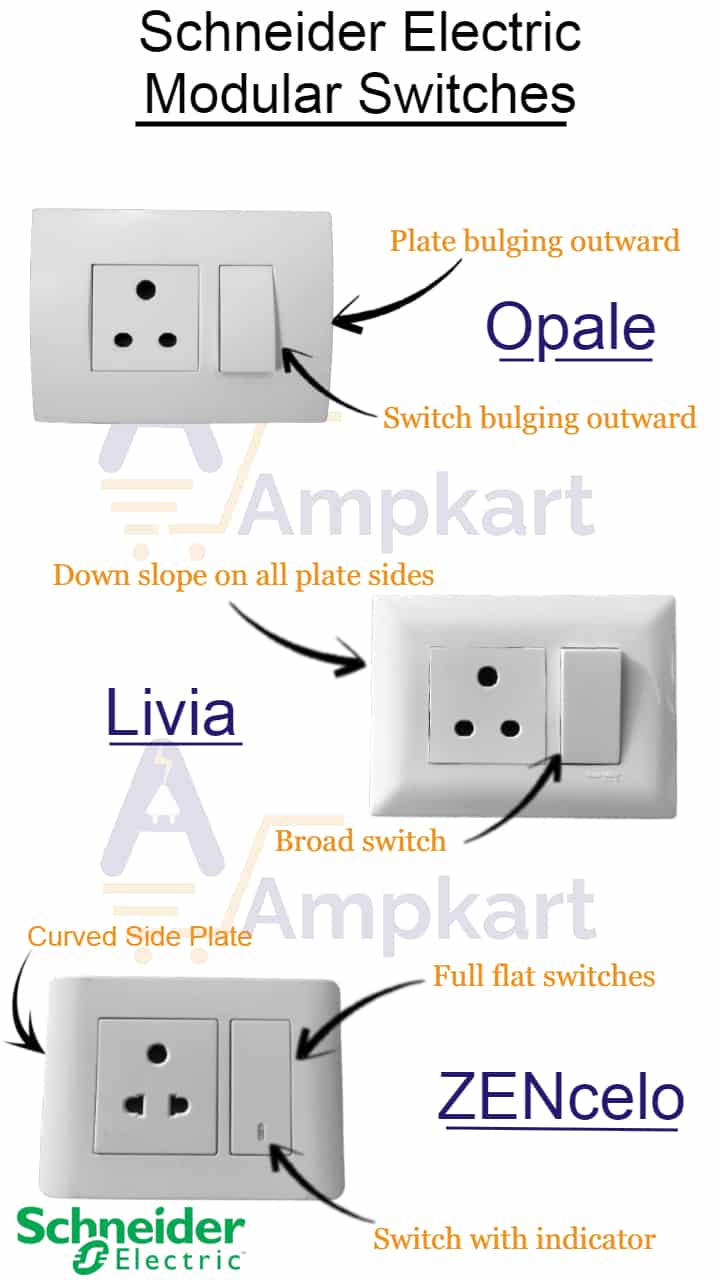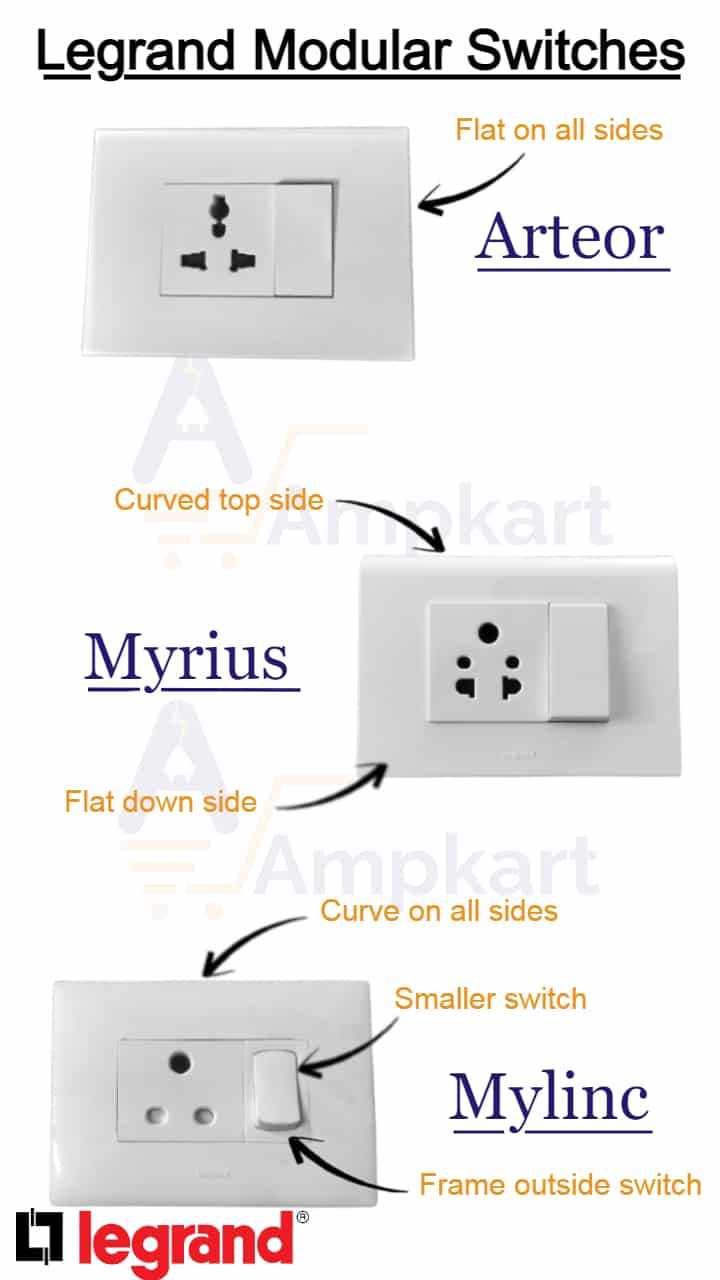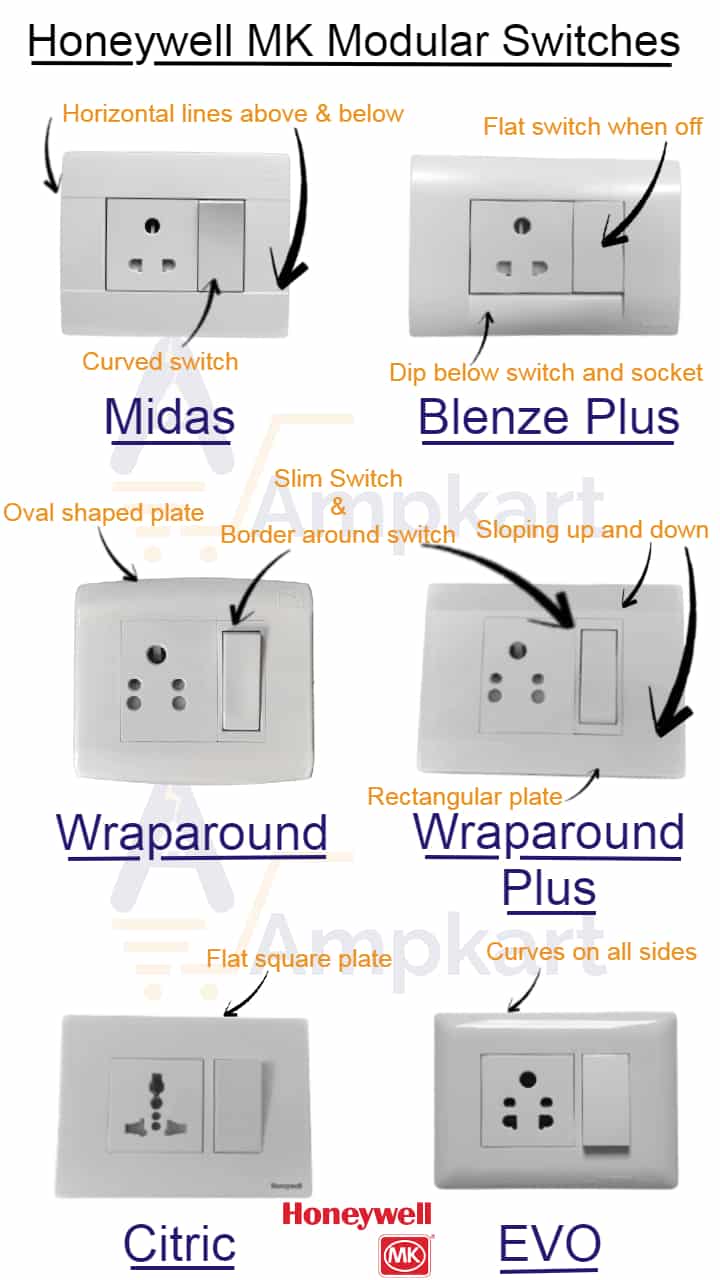Whoops, our bad…

Ampkart.com
PAGE NOT FOUND
The page you requested was not found, and we have a fine guess why.
- If you typed the URL directly, please make sure the spelling is correct.
- If you clicked on a link to get here, the link is outdated.
What can you do?
- Go back to the previous page.
- Use the search bar at the top of the page to search for your products.
- Follow these links to get you back on track!
 (+91) 7439 448 917
(+91) 7439 448 917 Cash on Delivery Available
Cash on Delivery Available



 Circuit Breakers
Circuit Breakers Power Distribution
Power Distribution Modular Switchboard
Modular Switchboard Wires & Cables
Wires & Cables































